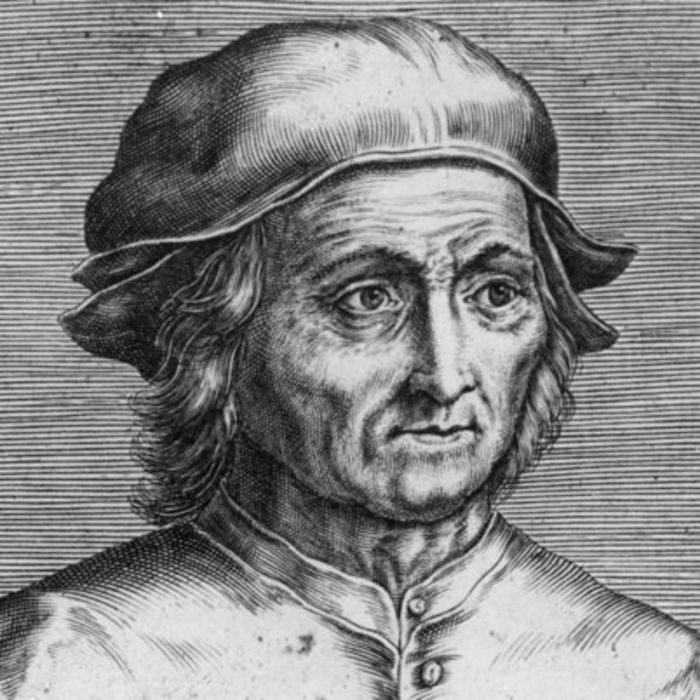Henri Neuendorf, Monday, November 2, 2015

Hieronymus Bosch The Seven Deadly Sins (ca. 1500)
Photo: via Wikimedia Commons
Photo: via Wikimedia Commons
After five years of examination, the Bosch Research and Conservation Project (BRCP) has determined that two masterpieces attributed to the Dutch artist Hieronymus Bosch were unlikely to have been painted by the master himself.
The results of the research indicate that Bosch's Christ Carrying the Cross(ca. 1515-16) and the world famous The Seven Deadly Sins (ca. 1500)— which hangs in Madrid's Prado Museum—were probably produced in the studio of the artist, but not painted by Bosch himself, the Dutch news agency ANP reports.

Hieronymus Bosch, Christ Carrying the Cross (ca. 1515-16)
Photo: via Wikimedia Commons
Photo: via Wikimedia Commons
The BRCP researchers, according to AFP, compared the paintings using cutting-edge technology, such as infrared reflectography and ultrahigh-resolution digital macro photography. “Together with the microscopic study of the paintings, all of this enabled us to write extensive research reports detailing the conditions of the works," the BRCP explained in a statement.
Both paintings have long been celebrated as two of the artist's most important works. Bosch is known for his biblical themes and dramatic depictions of heavenly angels and saints, as well as diabolical devils.

Researchers announced that Bosch probably didn't paint the artworks himself.
Photo: via biography.com
Photo: via biography.com
On the other hand, a privately owned drawing known as Hell Landscapewhich was previously attributed to Bosch's studio has been reattributed to the master himself, according to Art Magazin.
To commemorate the 500th anniversary of Bosch's death, the Noordbrabants Museum, in the southern Dutch city of 's-Hertogenbosch, is preparing one of the largest exhibitions of the artist to date, including loans from the Prado Museum in Madrid, the Louvre in Paris, the Metropolitan Museum in New York, and the Boijmans Van Beuningen Museum in Rotterdam.
Bosch's The Haywain Triptych is returning to the Netherlands for the first time in 450 years for the occasion of the exhibition.
Nenhum comentário:
Postar um comentário